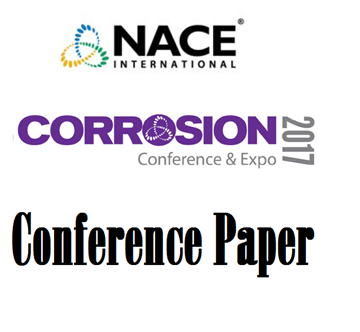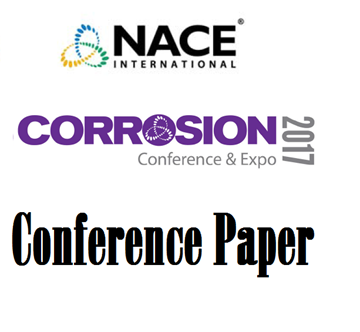Search
51318-11194-Advancements in Stress Corrosion Cracking Direct Assessment using an Integrated Approach
Also Purchased
How Many Excavations are Required to Confirm the Absence of SCC on a Pipeline Following SCCDA
Product Number:
51317--9346-SG
ISBN:
9346 2017 CP
Publication Date:
2017
$20.00
11126 Direct Assessment Pipeline Integrity Management
Product Number:
51300-11126-SG
ISBN:
2011 11126 CP
Publication Date:
2011
$20.00
Improving the Quality of ECDA Indirect Inspection Data
Product Number:
51317--9038-SG
ISBN:
9038 2017 CP
Publication Date:
2017
$20.00




